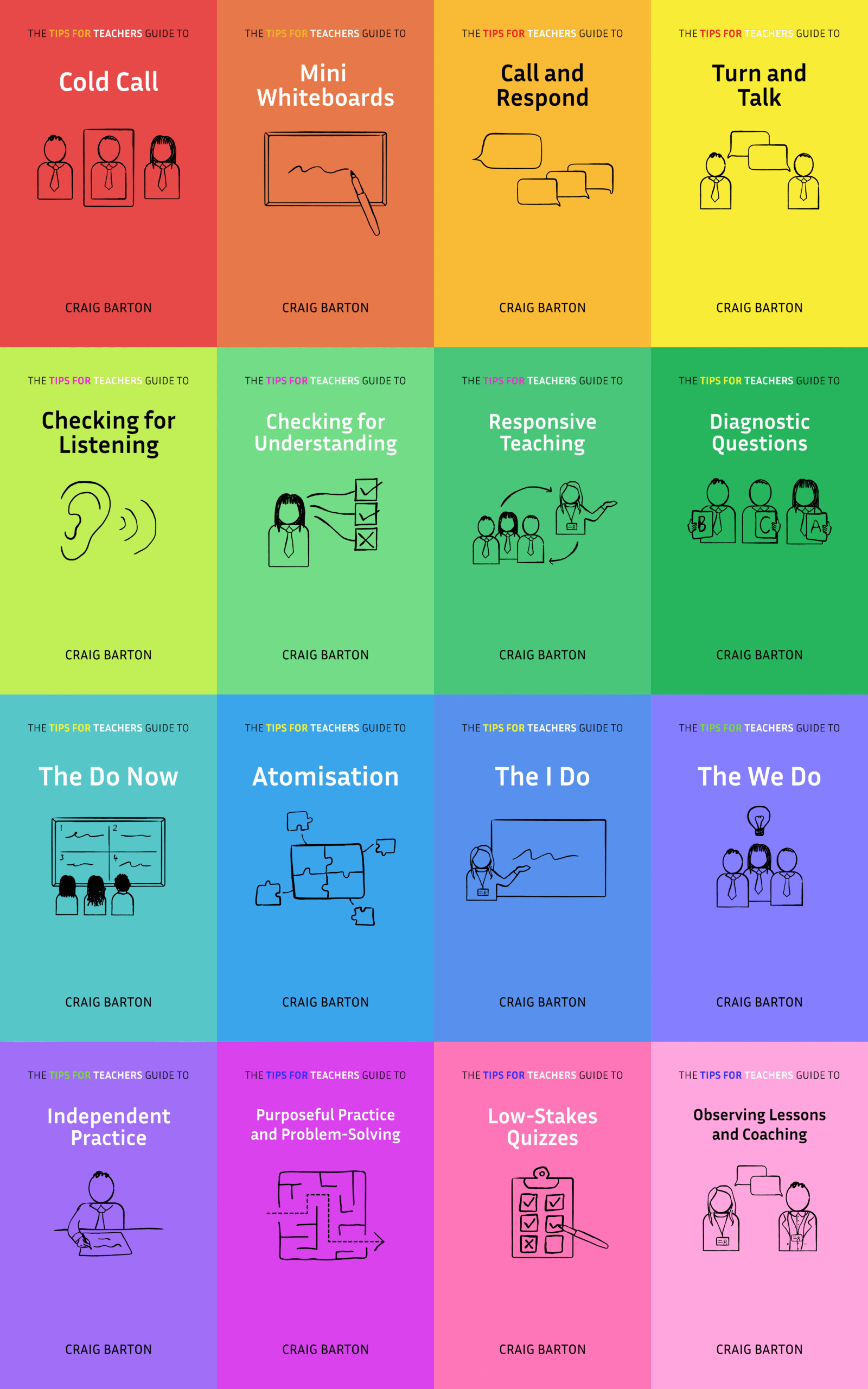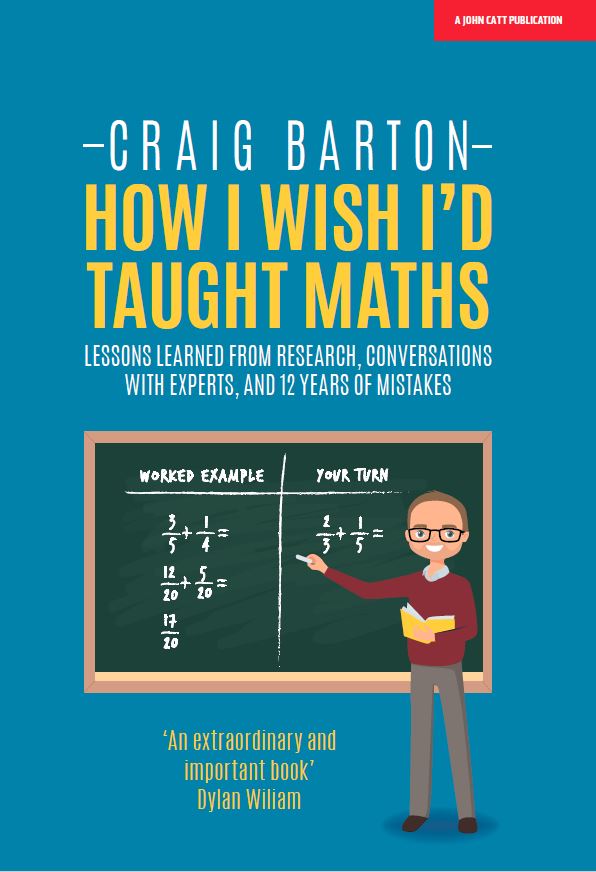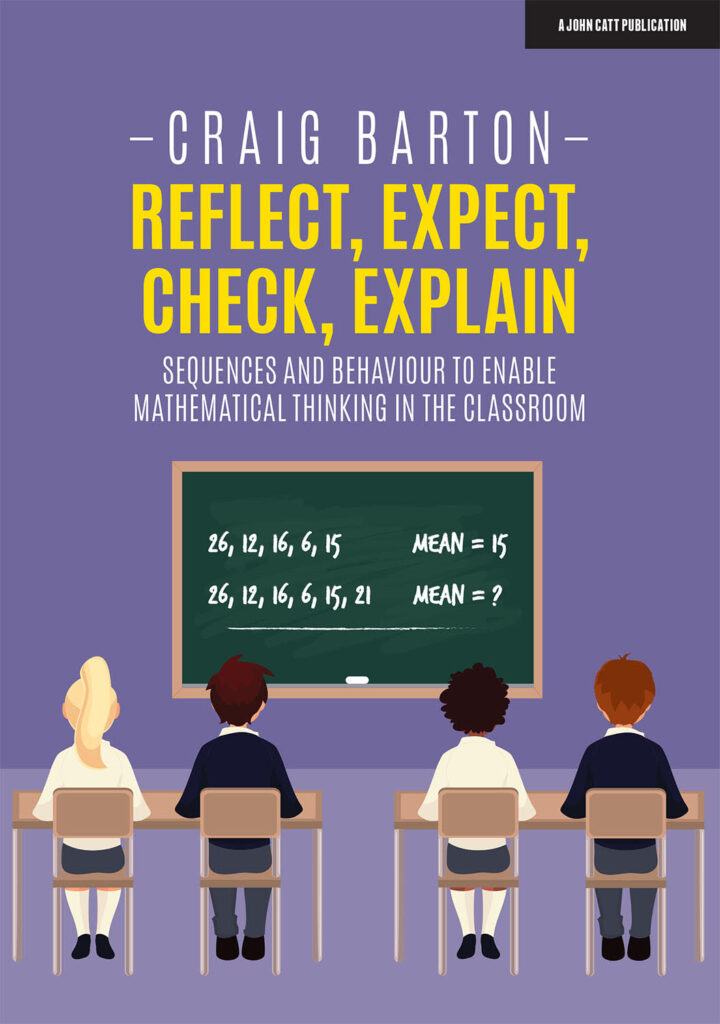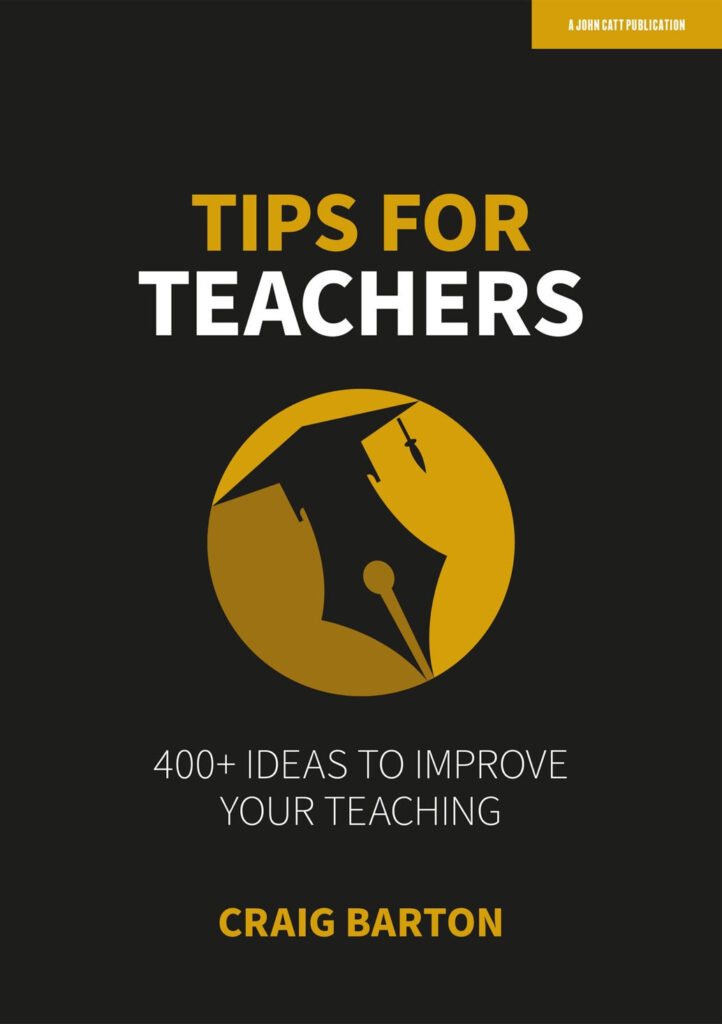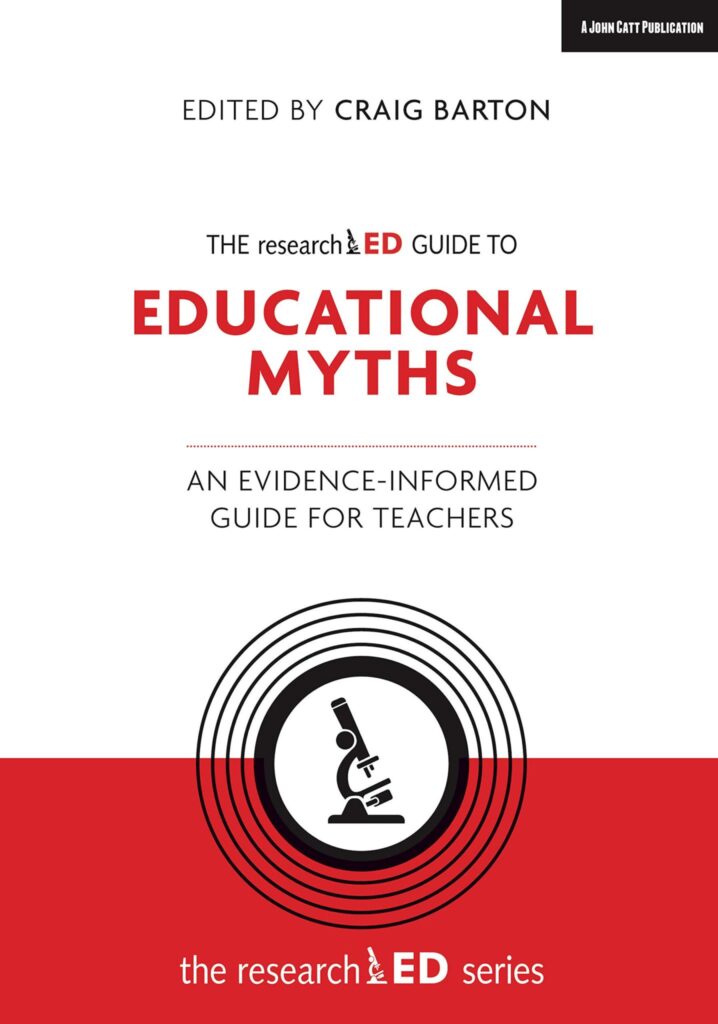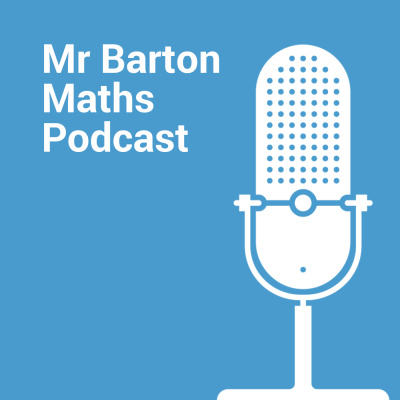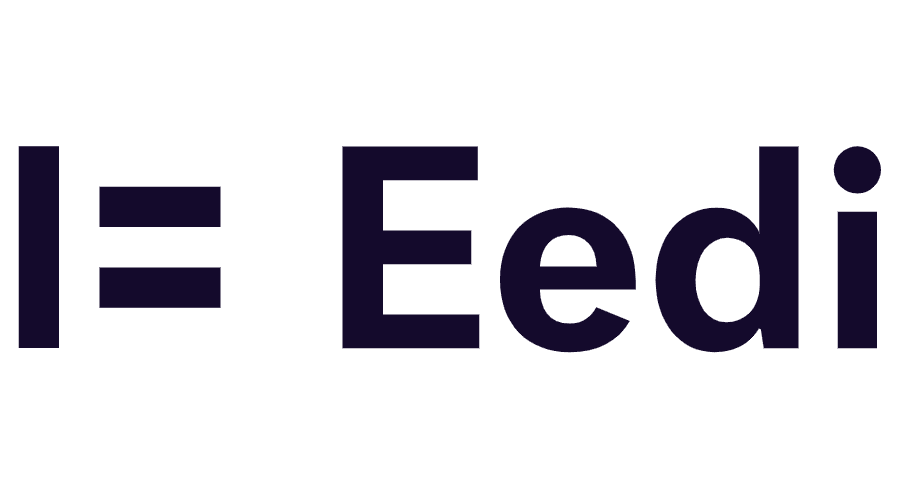
I no longer plan by lesson; I plan by Learning Episode.
***You can purchase a 90-minute online workshop on Planning a Learning Episode that you can share with colleagues at a CPD event or departmental meeting here***
- The problem with most schemes of work
- What is a Learning Episode?
- Learning Episode 1.0
- The building blocks of Learning Episode 2.0
- An example of how to plan a Learning Episode: Arithmetic Sequences (Year 8)
- Step 1: List the key ideas within the Learning Episode
- Step 2: Write (or find) Core Questions to assess the understanding of each idea
- Step 3: Plan the best structure of Atomisation, I Do, We Do, and Consolidate blocks to teach each idea
- Step 4: Use the Core Questions as Hinge Points after Consolidation
- Step 5: Decide if Purposeful Practice and Problem-solving are appropriate for each idea
- Step 6: Schedule in retrieval opportunities
- Learning Episode FAQs
- What does this look like when planning?
- What does this look like in the classroom?
- Is it important that my students know which phase of a Learning Episode we are in?
- How should I be responsive to the needs of my students?
- How long does a Learning Episode last?
- What has changed from Learning Episode 1.0 to 2.0, and why?
- I find this too hard… help!?!?!
- Where are the opportunities for students to think????
- Implementation planning
- 90-minute online workshop
The problem with most schemes of work
The topic units on most schemes of work break ideas up into lessons:

Each lesson has its own accompanying PowerPoint and resources:

A popular scheme of work in England is White Rose Maths. Here, each topic unit is broken up into Small Steps instead of lessons:

White Rose are very clear that a Small Step should not equate to a lesson:

However, because each Small Step has its own separate PowerPoint and worksheet, every school I have visited that follows White Rose does exactly that – tries to fit each Small Step into a lesson.
There are two key issues with breaking ideas up into lessons:
- There is no way to predict how long it will take students to grasp a new idea. Often, this results in lessons either trying to cover too much or too little. The teacher does not have the opportunity to respond to the needs of their students.
- Research into memory shows that students do not grasp an idea the first time they encounter it. They grasp an idea over time. Most schemes of work do not explicitly schedule retrieval opportunities for the ideas covered in a topic unit, risking students forgetting what they once knew.
What is a Learning Episode?
Because of this, I now think of planning in terms of Learning Episodes.
When he appeared for the second time on my podcast, education expert Mark McCourt defined a Learning Episode as “the amount of time required to grasp a novel idea.”
A Learning Episode is certainly not a single lesson, and the ideas within a Learning Episode do not fit into neat little lesson blocks.
However, it is not entirely accurate to view a Learning Episode as a sequence of lessons, because students may only fully grasp an idea the third, fourth, or fifth time they encounter it. That is why scheduling retrieval opportunities is so important.
Learning Episode 1.0
In my 2019 book, Reflect, Expect, Check, Explain, I introduced my model of a Learning Episode:

Over the last few years, based on my experiences supporting hundreds of teachers in implementing these ideas into their practice, I have made a few changes to this model’s building blocks and structure.
The building blocks of Learning Episode 2.0
Here is an overview of my current model of a Learning Episode:

Here is an overview of each of the building blocks. Each block has its own dedicated page on this website.
Purpose
- What is the purpose? To ensure students see the point of what they are about to do
- What do the students do? Listen and contribute where appropriate
- What does the teacher do? Convey the point of what students are about to do in an engaging, concise manner.
- Read more here
The Big 4
Next, we have the Big 4 of Atomisation, I Do, We Do, and Conslidate. These blocks are the heart of my Learning Episode model and the hallmarks of effective, explicit instruction. This is where the core teaching and initial encoding happens. It is all about efficiently building a solid foundation for an idea to allow students to do sophisticated things with that idea later in the Learning Episode.
Atomisation
- What is the purpose? To ensure the foundations needed to learn the new idea are secure
- What do the students do? Answer questions on mini-whiteboards or by voting yes and no
- What does the teacher do? Assess students’ understanding of atoms students have met before, and teach students novel atoms
- Read more here
I Do
- What is the purpose? To give students the best chance of following a novel procedure
- What do the students do? Pay close attention
- What does the teacher do? Deliver a clear and concise explanation
- Read more here
We Do
- What is the purpose? To bridge the gap between the I Do and Consolidation practice
- What do the students do? Answer related questions on their mini-whiteboards
- What does the teacher do? Gather data from every student to see if they have followed the procedure modelled in the I Do, responding accordingly if they haven’t
- Read more here
Consolidation
- What is the purpose? To provide an opportunity to build confidence and competence with the procedure where students can work at their own pace
- What do the students do? Work hard answering questions in their books, collaborating with their partner at clearly defined moments
- What does the teacher do? Circulate and regularly check whole-class understanding
- Read more here
Purposeful practice
- What is the purpose? To provide additional consolidation with opportunities to conjecture and generalise
- What do the students do? Work hard answering questions in their books, collaborating with their partner at clearly defined moments
- What does the teacher do? Circulate and regularly check whole-class understanding
- Read more here
Problem-solving
- What is the purpose? To help students develop the resilience and the strategies to cope with non-routine applications of the procedure
- What do the students do? Work hard answering questions in their books, collaborating with their partner at clearly defined moments
- What does the teacher do? Circulate and regularly check whole-class understanding
- Read more here
Retrieval opportunities
- What is the purpose? To help students remember what they once knew
- What do the students do? To think hard and answer questions as part of the Do Now, Low-Stakes Quiz, Homework, or when concepts are interwoven
- What does the teacher do? Schedule retrieval opportunities, collect whole-class data on understanding, and respond appropriately
- Read more here
An example of how to plan a Learning Episode: Arithmetic Sequences (Year 8)

Let’s see how this model of a Learning Episode informs my planning.
Let’s imagine I want to plan for an upcoming unit of work on Sequences. As described above, we need to be cautious when equating a Learning Episode with a topic on a scheme of work. However, since most maths curricula are structured in this manner and most maths teachers plan accordingly, we will proceed with this approach.
For this example, let’s imagine the school I work in follows the Oak National Year 8 scheme of work:

Clicking on Sequences takes us to a list of the 12 lessons within this unit:

Immediately, we see the issue with schemes of work broken down into individual lessons. What if one of these 12 ideas takes longer than a lesson? What if it takes less than a lesson? Where are the retrieval opportunities baked into future units to ensure the ideas within these units are not forgotten?
Step 1: List the key ideas within the Learning Episode
My first step when planning a Learning Episode is to list the key ideas I want students to grasp. There is rarely a one-to-one match of ideas and lessons. Indeed, with this unit, I think there are 7 key ideas:
- Generate sequences from verbal descriptions
- Describe sequences verbally
- Give positions and common differences of arithmetic sequences
- Calculate terms in arithmetic sequences using the nth-term rule
- Find the nth-term rule of arithmetic sequences
- Represent arithmetic sequences graphically
- Determine whether a number is a term in an arithmetic sequence
Step 2: Write (or find) Core Questions to assess the understanding of each idea
When we have our ideas, we next need to plan how we will collect reliable evidence that students are secure in these ideas. This is where the idea of Core Questions comes into play.
Core Questions are questions you hope every child will get correct at some point in the Learning Episode. Core Questions tend to be procedural by nature and you must be able to collect all students’ responses quickly. My preferred way of doing this is via mini-whiteboards. An alternative is to write high-quality multiple-choice versions of each core question and collect responses using ABCD cards.
The best schemes of work will provide these Core Questions. Oak does a good job in the Exit Ticket section of each lesson.
If we take the first idea (Generate sequences from verbal descriptions), then I think the following three core questions are adequate to assess this idea:
Core Question 1:

This question challenges students to:
- Work out the additive difference
- Work with a descending arithmetic sequence
- Subtract from a negative number
Core Question 2:

This question challenges students to:
- Work out the multiplicative difference
- Multiply a negative number
- Together with the question above, it shows students the first two numbers do not define a unique sequence
Core Question 3:

This question challenges students to:
- Generate sequences from a range of verbal descriptions
- Again, appreciate that the first two numbers do not define a unique sequence
If students can successfully answer these three core questions, then I have enough evidence (in the moment) that my students can generate sequences from verbal descriptions.
Let’s look at another idea from the Learning Episode: Calculate terms in arithmetic sequences using the nth-term rule. I have selected the following questions I would like all my students to answer correctly.
Core Question 1:

This question challenges students to generate the first 5 terms for an ascending arithmetic sequence
Core Queston 2:

This question challenges students to generate the first 5 terms for a descending arithmetic sequence
Core Question 3:

This question challenges students to generate a range of terms outside of the first 5 and for a wide range of arithmetic sequences.
Once again, if my students can correctly answer these questions, then I have enough evidence (in the moment) to conclude they understand how to calculate terms in arithmetic sequences using the nth-term rule
I would continue through each of the ideas, creating core questions that can be used to assess students’ understanding.
Step 3: Plan the best structure of Atomisation, I Do, We Do, and Consolidate blocks to teach each idea
The next step is to plan the four blocks at the heart of my Learning Episode: Atomisation, I Do, We Do and Consolidate.

How you structure these blocks for each idea will depend on the idea and your knowledge of your students. You must also be prepared to shift structure based on the data you collect from your students during each building block. However, it is worth planning a structure ahead of time.
Let’s consider how we might do this for our two ideas.
Idea 1: Generate sequences from verbal descriptions
I think this structure would work well for the class I have in mind:

The first Atomisation, I Do, We Do block would be designed to set students up to answer the first core question successfully.

- During Atomisation, I would ensure students could recognise whether a sequence of numbers was ascending or descending, identify common differences, and successfully add and subtract with negative numbers.
- In the I Do, I would model two arithmetic sequences: ascending and descending.
- In the We Dos – for I regualry do several – I would present students with similar sequences, carefully varying critical features each time, eventually introducing sequences involving negative numbers.
Then we would move to the second Atomisation, I Do, We Do block that would be built around the second core question:

- During Atomisation, I would ensure students could identify the difference in geometric sequences, and successfully multiply and divide with negative numbers.
- In the I Do, I would model two geometric sequences, one with a positive integer multiplying factor, and the other with a positive fractional multiplying factor
- In the We Dos, I would present students with similar sequences, carefully varying critical features each time, eventually introducing sequences involving negative numbers.
Then we would move to the third Atomisation, I Do, We Do block that would be built around the third core question:

- Atomisation would consist of ensuring students are secure with any technical language we will be using for this idea, such as double and halve
- The I Do would be one quick example, starting with a number and generating the next few terms following a simple rule
- Then lots of We Dos, steadily increasing the complexity of the rules to generate the sequences
Then, I would give the students a carefully chosen assortment of questions on each skill so they could work at their own pace.
Oak does a decent job here:

But you may have your favourite sources of Consolidation activities:
Now, let’s look at another idea from this Learning Episode:
Idea 4: Calculate terms in arithmetic sequences using the nth-term rule
This time, I might plan the following structure:

- Atomisation would need to cover each atom of this idea. So, things like understanding that n refers to the position of the term in the sequence, substituting into the types of expressions students will encounter, and operations with negative numbers.
- The I Do would consist of two related examples: a demo of how to find the first three terms and the 10th term of 4 + 5n and then how to do the same with 4 – 5n.
- Then a series of We Dos focussing on similar sequences
Then, a carefully selected consolidation activity where students can work at their own pace built up to examples of sequences where the coefficient of n is not an integer.
I like this from Dr Austin:

Step 4: Use the Core Questions as Hinge Points after Consolidation
The Core Questions that we planned to help us assess student understanding are perfect to use as hinge points. So, following the period of Consolidation, stop the whole class, get their attention, and ask them one Core Question at a time.
As discussed above, we must collect responses from all our students to ensure this check for understanding is as reliable as possible. My go-to here is mini-whiteboards or ABCD cards.
If you do not hit the 80% threshold that I discuss in my model of responsive teaching, do not move on. Another I Do and a series of We Dos—with you better informed as to the nature of students’ misunderstandings—may be enough to help students get back on track. You can reassess with a follow-up question to each Core Question.
If you hit the 80%, you have a decision to make. You could:
- Move on to the next idea in the Learning Episode
- Give the students some Purposeful Practice or Problem-Solving
Step 5: Decide if Purposeful Practice and Problem-solving are appropriate for each idea
Consolidation practice is not enough to learn an idea. I want students – all students – to have the opportunity to do interesting and non-routine things with the ideas within a Learning Episode. That is why I have separate blocks for Purposeful Practice and Problem-solving.
Not each idea will lend itself to this and – unfortunately – a lack of time will prove a constraint. But, where possible, plan some Purposeful Practice or Problem-Solving following the hinge-question.
For Idea 4: Calculate terms in arithmetic sequences using the nth-term rule, I like this MathsVenns activity:

For those ideas where you do not have the opportunity to include some Purposeful Practice or Problem-Solving, try to ensure that Purposeful Practice and Problem-Solving for ideas later in the Learning Episode call back to these earlier ideas. For example, this Completion Table from interwovenmaths covers several key ideas from this Learning Episode:

Step 6: Schedule in retrieval opportunities
Unless we provide opportunities for students to revisit the ideas we have covered throughout the Learning Episode at several points in the future, we run the real risk that all our efforts – and our students’ efforts – will have been in vain as their memories slide down the steep slope of the forgetting curve, no matter how expert them seem to be in the Learning Episode itself.

I talk about four key retrieval opportunities:
- Do Nows in future Learning Episodes
- Weekly mixed-topic Low-Stakes quizzes
- Mixed-topic homework
- Interwoven into future Learning Episodes
You can read about the research behind these retrieval opportunities, how to get students on board, and practical tips for implementing each one here.
Learning Episode FAQs
What does this look like when planning?
The unit of time for planning is the Learning Episode, not individual lessons. I use a single PowerPoint presentation as my planning tool, although some teachers prefer OneNote.
I prefer to use PowerPoint’s Slide Sorter view to rearrange slides quickly.

Colour-coding slides or adding a symbol or a code can help teachers and students realise exactly where they are in the Learning Episode, hence improving buy-in.
I always advise planning follow-up questions in advance, so we will unlikely need every slide. Crucially, we must be prepared to move away from the PowerPoint if the data gathered from students suggests they need some bespoke intervention.
What does this look like in the classroom?
One lesson ends at whatever point in the Learning Episode we get to, and that is where the next lesson begins.
The Do Now remains a constant. If you have read ahead, you will know my Do Now is a spaced retrieval opportunity unrelated to the lesson’s content. Hence, it is standalone. Pitched and delivered correctly, the Do Now can help settle students down and help them feel confident so they can dive straight back into to the Learning Episode after 10 minutes.
Following the Do Now, you may choose to do a quick recap before picking up the Learning Episode where you left off.
I have no fixed end to the lesson. The purpose of Exit Tickets or formal plenaries is to get a sense of students’ understanding so we know where to pitch the next lesson. However, as we will check each student’s understanding regularly in each phase of the Learning Episode, this is unnecessary. The time is better served by squeezing every last minute of learning out of the lesson.
Is it important that my students know which phase of a Learning Episode we are in?
When watching a lesson, I like to randomly choose a student and ask them: What phase of a lesson are we in? Most students look at me like I have lost my mind.
But I think this is an important question to ask. If students don’t know what they are doing or why they are doing it, then their incentive to pay attention decreases.
So, I like to tell students about the Learning Episode model, explaining the purpose of each phase, as well as their and my role during it. Some schools make this even more explicit by including a symbol or a colour on the slides to indicate what phase we are in. Then, when I ask students: What phase of a lesson are we in?, students can say: The Atomisation phase, where we break down a new idea to give us the best chance of understanding it. Or: The We Do, so the teacher can see how much we have understood, and give us the help we need.
Maybe I am a dreamer, but it feels a worthy thing to aim for.
How should I be responsive to the needs of my students?
In short, let the data you gather in the lesson inform you.
Let’s return to Idea 4: Calculate terms in arithmetic sequences using the nth-term rule
We planned to use the following structure:

However, if when we collect data from the We Do, we may find from the responses on their mini-whiteboards that students are really struggling to generate terms for sequences where the coefficient of n is negative.
In this case, we may choose to change the structure to this:

Here, we use one Atomisation, I Do, We Do, Cosolidate block to focus on when n is positive to build students’ confidence, and then do a separate block when n is negative.
Or change it to this:

Here, we do a series of We Dos focussing on when n is positive, then cycle back to an Atomisation, I Do, series of We Dos when n is negative, and then provide consolidation practice to bring it all together.
Your choice depends on your knowledge of the students in front of you. However, the key is to be ready to change plans based on the data.
How long does a Learning Episode last?
It’s a good question, but it has a terrible answer… It depends. Specifically, it depends on the data we gather about our students’ understanding in each phase.
We may expect a Learning Episode to last four lessons, but we may find that students are slower to grasp an idea than we imagined. So we need to take some extra time.
Likewise, the data gathered from students in the lessons shows they are getting it quicker than we thought. In this case, we can use the time saved to move on to another topic where understanding might not be as secure. Or, spend extra time in the Purposeful Practice and Problem-Solving phases to help deepen students’ understanding.
I sound like a broken record, but we can only make these decisions if we regularly get a snapshot of whole-class understanding. Mini-whiteboards are the key to this.
What has changed from Learning Episode 1.0 to 2.0, and why?


- I have renamed the Introduction “Purpose” as this conveys what that phase of the Learning Episode is designed to do.
- I have broken the Example-Problem Pair up into an I Do and a We Do because the pedagogy and strategies involved in each are significantly different and complex and warrant their own analysis.
- I have renamed Fluency Practice “Consolidation“, because I think it conveys its purpose more accurately.
- I have removed the separate reference to Intelligent Practice because I now use those sequences in two distinct ways: as part of Consolidation and during the We Do phase.
- I feel that Purposeful Practice is important enough to warrant its own place in the model, rather than being an option.
- I have grouped the problem-solving strategies into one block for simplicity.
I find this too hard… help!?!?!
Planning a Learning Episode in this way is difficult, especially for novice or non-specialist teachers. That is why I advocate for high-quality, centrally planned Learning Episodes and shift teachers’ time away from creation and curation and towards lesson preparation. You can read more about this here.
Where are the opportunities for students to think????
The model of a Learning Episode outlined here fits my interpretation of effective explicit instruction.
One criticism often thrown at explicit instruction is that students do not have an opportunity to think. Lessons are often characterised by a teacher lecturing to a roomful of passive receivers who then mimic what they have seen without understanding why they are doing it.
Although I have seen lessons that fall into this trap, I feel this characterisation is grossly unfair. It is the same as characterising an inquiry-based approach as allowing students to struggle for hours on end, providing no help or guidance, and hoping they will discover the secrets themselves.
Good explicit instruction compels students to think and be active learners at all times.
As you will see in the sections that follows, in each phase of my Learning Episode structure, students have to think. I perhaps differ from teachers who favour a more inquiry-based approach because I control and structure the conditions more rigidly to support that thinking. I design the sequences of examples during Atomisation and the We Do; I select the example for the I Do, I provide prompts to support Turn and Talks, and I select the tasks students will complete during Purposeful Practice and Problem-Solving. I use my experience and expertise – and the experience and expertise of others – to enable me to do this. I believe that this enables students to develop understanding more efficiently and with a greater frequency of success, than if I did not structure those conditions so tightly.
However, it is more than just creating the conditions to enable students to think. I need evidence of their thinking. I do not rely on poor proxies for thinking, such as a roomful of silent students looking at me with concentration painted across their faces. Nor do I settle for the answer of a single student who has volunteered an answer or been chosen to respond. I want reliable evidence that all my students are thinking. Hence, in the following sections, you will notice how essential mini-whiteboards are in each phase of the Learning Episode. As I described here, I know of no better way to quickly see the responses of every student to any type of question, thus enabling me to both gain insights into all my students’ thinking, and by the very fact that they know I will be doing so regularly, compel students to keep thinking.
No student can learn by being the passive receiver of information, which is not what my Learning Episode structures promote.
Implementation planning
Use the ideas in this section to plan a Learning Episode for an upcoming topic
90-minute online workshop
If you have enjoyed reading this and want to share the ideas with colleagues and help support my work, you can purchase a 90-minute online workshop all about Planning a Learning Episode here.

